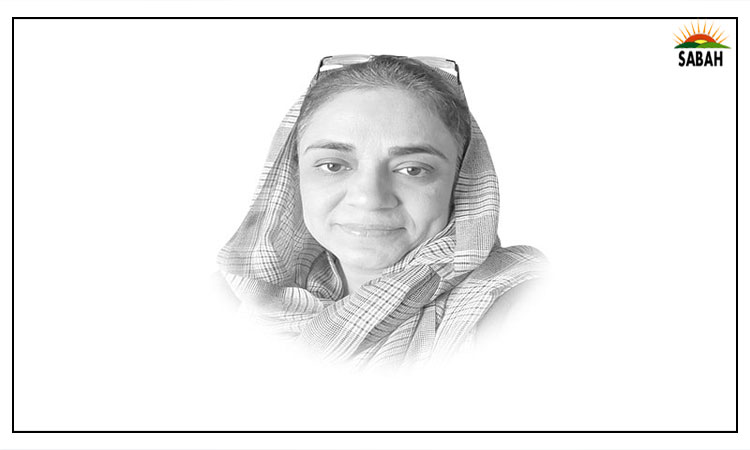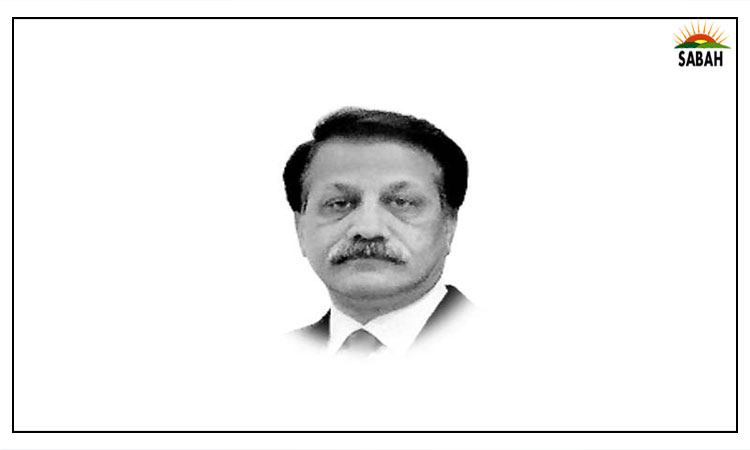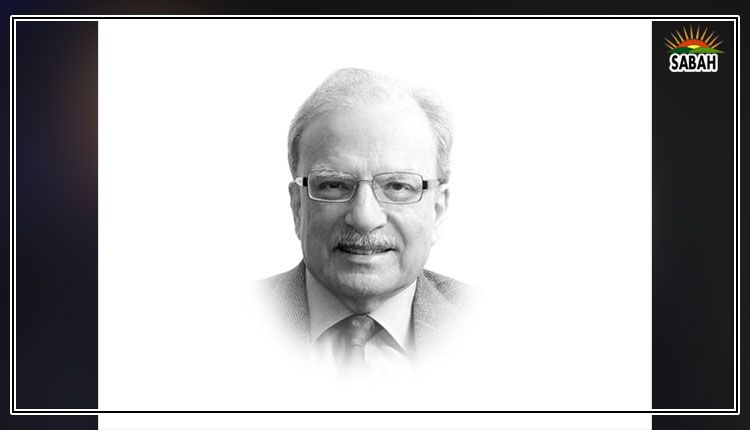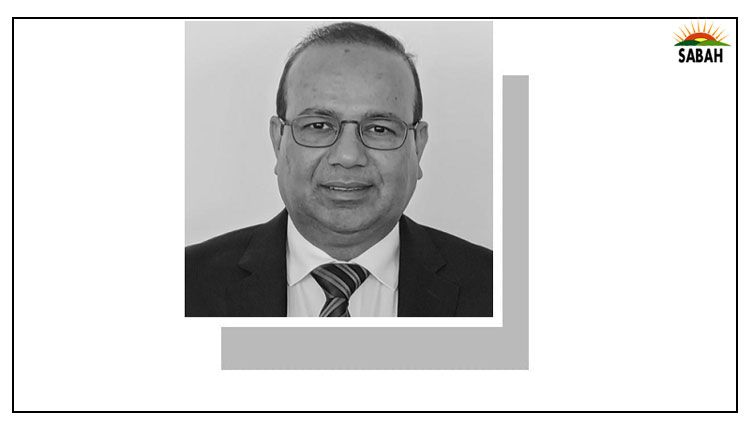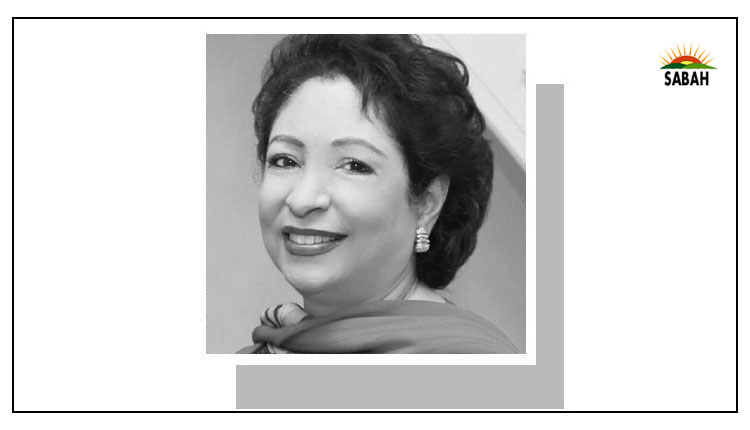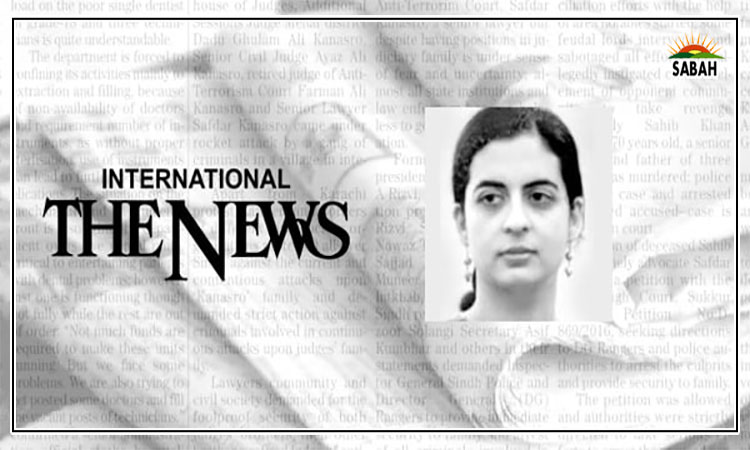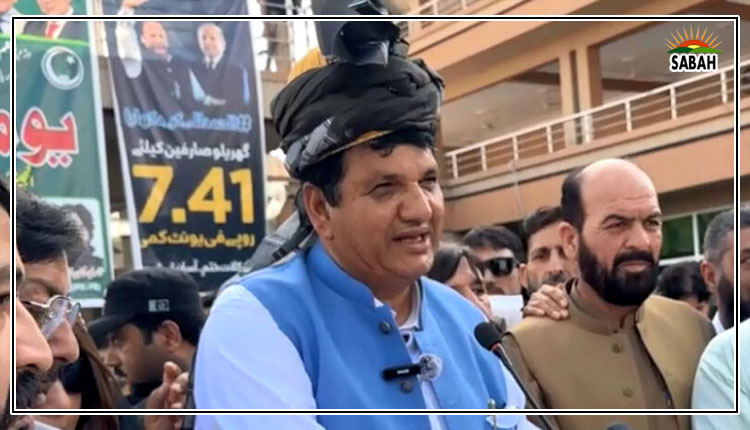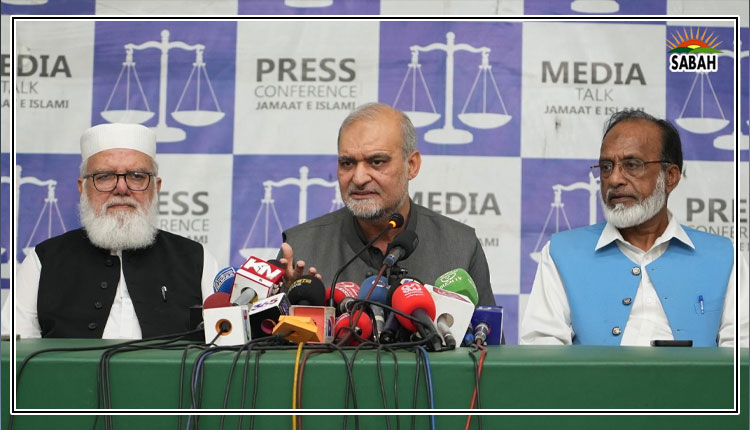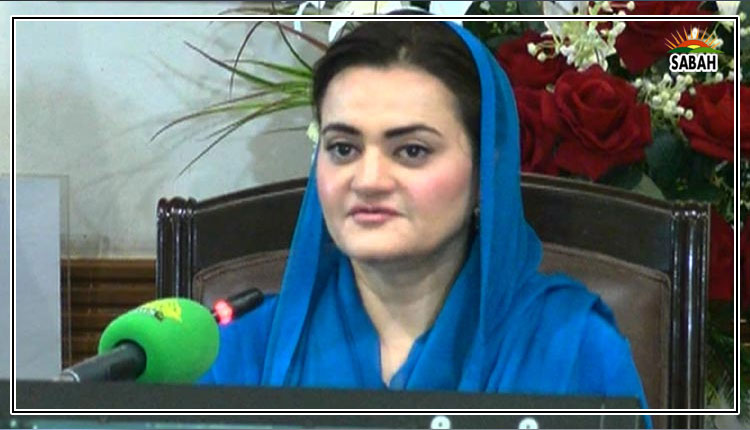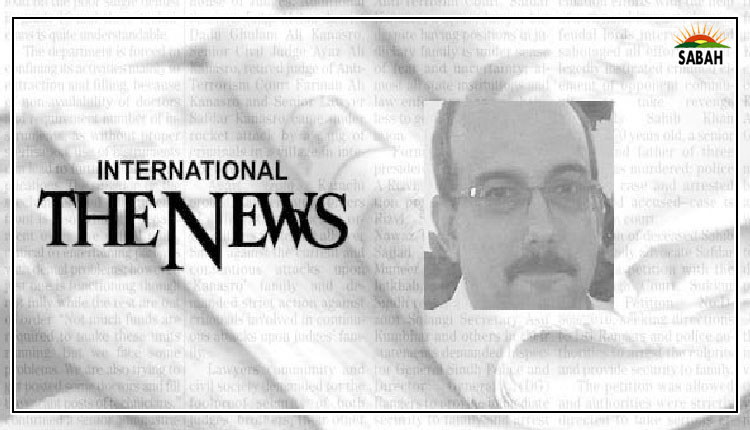Closing the year with Ayaz Melo: Part — I…By Dr Naazir Mahmood
November and December appear to be favourite months for cultural and literary festivals in the various cities of Pakistan: Islamabad Literary Festival (ILF), Multan Literary Festival (MLF) that the organisers had to postpone at the last moment due to smog, Faisalabad Literary Festival (FLF), International Cultural Festival and Aalami Urdu Conference in Karachi, and finally Ayaz Melo in Hyderabad from December 20 to 22.
It was the 10th Ayaz Melo that has become a hallmark of Hyderabad , the second largest city of Sindh. The moving forces behind this Melo are four women: Amar Sindhu, Arfana Mallah, Haseen Musarrat, and Zakia Aijaz. Men such as Imdad Chandio, Majeed Chandio, and Taj Joyo provide ample support to the team helping them navigate through the arrangements. Speakers come from across Pakistan, making this festival truly cosmopolitan. This year too, there were dozens of sessions and book launches that attracted thousands of participants who remained engaged with the discussions.
For the 10th Ayaz Melo, the organisers extended the invitation to this columnist to be the keynote speaker at the inaugural session. I gladly accepted the invitation and delivered the keynote address discussing the increasing extremism in Sindh and in the rest of the country. I also outlined some avenues to build a pathway towards a more tolerant society. I began by giving some background to extremist tendencies in Sindh citing examples from history and then moved on to define and delineate the concepts of extremism and toleration. Here I present a summary of what I said in my keynote address at the Ayaz Melo.
Traditionally, Sindh and other provinces of Pakistan – and the rest of the Indian subcontinent – have remained overall tolerant societies for ages. Nearly all areas of Pakistan have experienced influxes of people coming from other countries located on eastern and western borders. The intermingling of cultures and genes inculcated a sense of diversity among the local people who mostly welcomed people from outside, especially when they came to seek refuge from atrocities in their own lands. Sindh, perhaps, was the most tolerant of the areas that now constitute Pakistan.
So if the local people have been tolerant and welcoming, how come this region is witnessing the worst kind of extremism and intolerance now? It appears that some myopic rulers and sectarian leaders at various times in history have tried to impose some strict codes of conduct that led to extremism. For example, the reign of Jam Nizamuddin II – commonly known as Jam Nindo – in Sindh was a fairly tolerant period in the 15th and 16th centuries. But after the end of the Samma dynasty in the early 1500s, Sindh came under the rule of the Arghuns and the Tarkhans in quick succession.
That was followed by nearly a century of Mughal rule starting in the 1590s when Sindh became a province of the Mughal empire known as Thatta Suba. The Mughals appointed subedars (provincial administrators) who were not always tolerant rulers. Ultimately when Kalhoro subedars declared independence and formed their own dynasty of rulers in the 18th century, an intolerant course became the official policy in Sindh. GM Syed in his book ‘Peghaam-e-Lateef’ has reproduced orders by Kalhoro rulers announcing strict imposition of religious codes of conduct across his domain.
That was the time when Makhdoom Bilawal, Inaayat Shah Sufi, and Shah Lateef emerged as sane voices of tolerance promoting harmony in society. Shah Lateef delivered messages of diversity and did not confine himself to any one religion or sect. He followed the path of Shah Inaayat and Makhdoom Bilawal who believed in the supremacy of common people over some exalted castes and creeds. The universality of Shah Lateef’s message resonates throughout his Risalo (poetry collection) which contains over 30 surs. Reading and comprehending the poetry of Shah Lateef can play an essential role in trying to counter extremism and promoting tolerance in Sindh.
With this background, we may try to identify and understand several types of extremism prevalent in our society such as cultural, ethnic, gender-based, political, religious and social extremisms. Cultural extremism can be defined as a form of extremism that promotes one particular culture but does not tolerate any other culture. Cultural extremism promotes hatred against cultural diversity and the expression of different ideas. The organisers of Ayaz Melo have faced such extremism from the beginning but this year there was outright onslaught criticising the Melo for its content, funding, and presentations.
The main thrust of this criticism was against the partial funding that the Melo receives from the culture department of Sindh. Some claimed that the Melo had become a mouthpiece of the PPP government – I for one can vouch that there has been no soft corner for the PPP government in the discussions and speeches at the Melo. Most speakers pointed out the shortcomings of the provincial government, but this was not enough for the critics of the Melo. Cultural extremism was also evident when the songs and dances at the Melo also came under close scrutiny and some people objected to the festive mood of a literary festival that according to them should have been more serious.
This cultural extremism also reflected itself in gender-based extremism as the main organisers of the Ayaz Melo are overwhelmingly women. Amar Sindhu, Arfana Mallah, Haseen Musarrat, Zakia Aijaz and others were all at the receiving end of this gender-based extremism. There were social media campaigns against them, but these courageous women continued their marvellous work and once again proved that no cultural or gender-based extremism could halt their progress or dampen their spirits. This was tantamount to gender-based violence that may not be physical but was verbal.
Ethnic extremism often takes the form of narrow nationalism in which one ethnic group claims superiority or exclusive rights to a city, province, or territory. This ethnic extremism tries to exclude other ethnic or linguistic groups from their sphere of influence to impose a uniform ethnic code with a single identity. Such extremism is not new in countries such as Pakistan where ethnicity has played a crucial role in recent history. The organised profiling and targeting of various groups such as students studying in a province other than their own is an example of ethnic extremism.
Political extremism in Pakistan manifests itself when one or more political groups do not allow other political entities to function freely and consistently target them as enemies. Altaf Hussain and his politics in Sindh is an example of political extremism as he promoted the use of arms against his opponents and organised gangs that tortured and maimed activists belonging to other ethnic groups and political parties. Imran Khan and his fascist tendencies are another example of this political extremism, which has been an integral part of PTI politics since its inception.
Religious extremism is perhaps the most devastating type of intolerance as it encourages common people to follow a certain interpretation of a particular religion or sect. From younger to older people in Pakistan, all segments of society appear to have taken a lead from various extremist groups that use slogans promoting violence. Lynching and targeted killings have been on the rise in the country. From Dr Shahnawaz Kunbhar in Sindh to Priyantha Kumara in Punjab to Mishal Khan in Khyber Pakhtunkhwa, there are thousands of victims of this religious extremism that has even affected security personnel who at times violate the law to target the accused.
Social extremism promotes an ideology that is based on intolerance, hatred or violence aiming to deny or destroy the fundamental rights and freedoms of others. This type of extremism is interconnected with other types as we notice increasing incidents in which all types of extremism come together to make this society a hellish place for those who dare to differ in any cultural, political, religious or social ways.
To be continued
COURTESY


